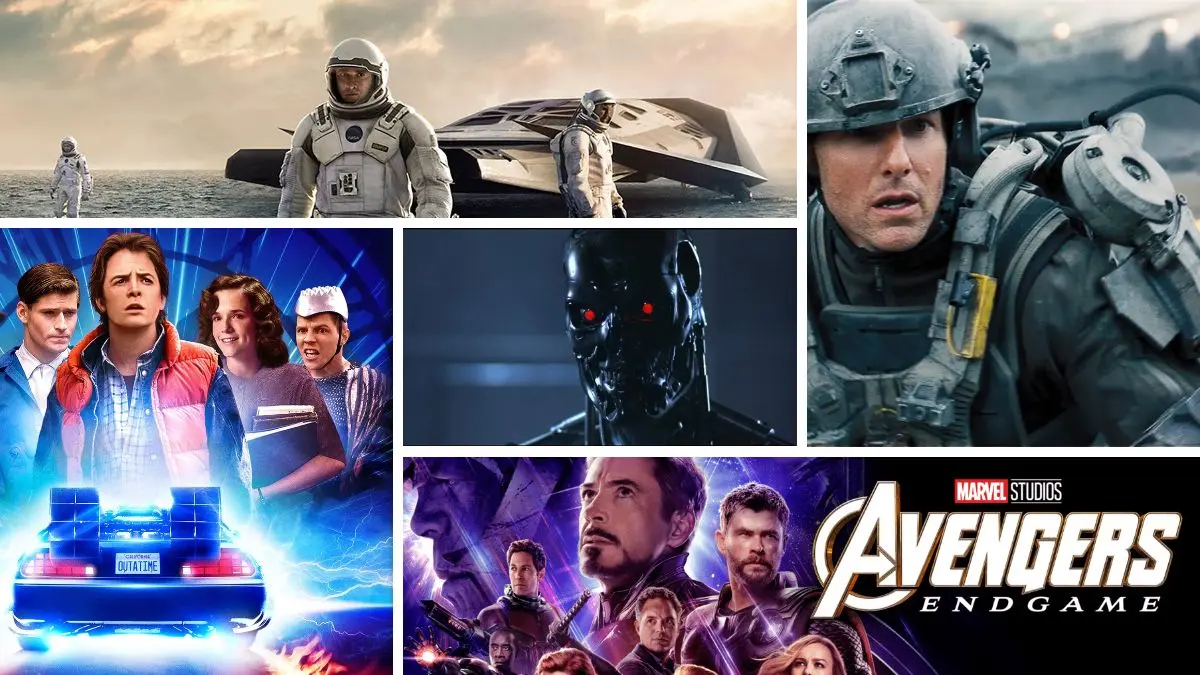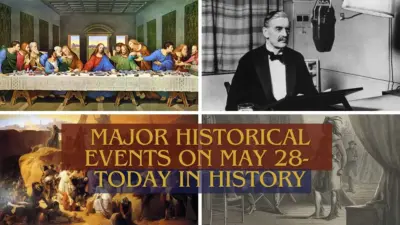Time travel movies have always fascinated audiences with their intriguing concepts and the possibilities they present. From altering the past to exploring the future, these films captivate our imagination and make us ponder the complexities of time. In this blog, we will explore 5 Types of Time Travel Movies, delving into their unique characteristics and highlighting exemplary films for each type. Let’s embark on this journey through time!
5 Types of Time Travel Movies
Fixed Timeline Time Travel
In fixed timeline time travel movies, the events that occur in the past cannot be changed. Any attempt to alter history results in the same outcome, reinforcing the idea that the timeline is immutable. This type of time travel often explores the predestination paradox, where characters’ actions in the past are already accounted for in the present and future.
Example: “12 Monkeys” (1995)
Directed by Terry Gilliam, “12 Monkeys” is a quintessential fixed timeline time travel movie. The story follows James Cole (Bruce Willis), a convict sent back in time to gather information about a deadly virus that wipes out most of humanity. As Cole navigates the past, he discovers that his actions are integral to the very events he is trying to prevent. The film masterfully intertwines themes of fate and inevitability, demonstrating that the past, present, and future are inextricably linked.
Example: “The Terminator” (1984)
James Cameron’s “The Terminator” is another classic example of fixed timeline time travel. The film follows a cyborg assassin (Arnold Schwarzenegger) sent back from a post-apocalyptic future to kill Sarah Connor (Linda Hamilton), whose unborn son is destined to lead humanity against the machines. Despite numerous attempts to change the future, the events unfold in a way that fulfills the predetermined destiny, emphasizing the inevitability of the timeline.
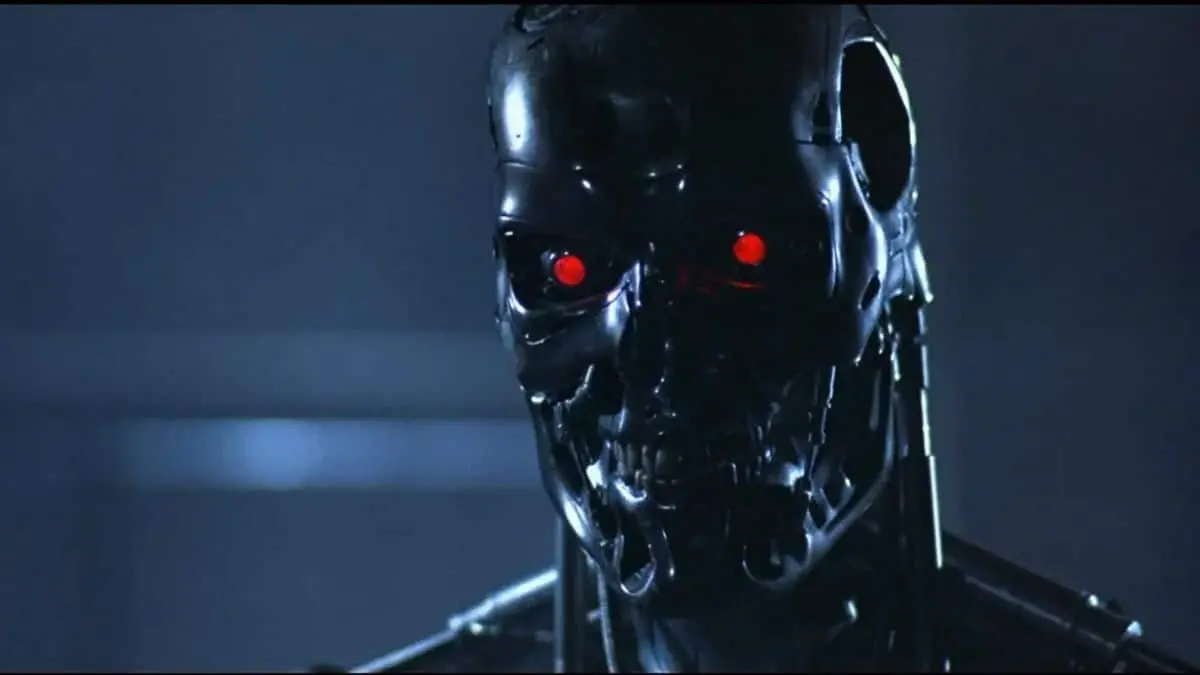
Dynamic Timeline Time Travel
In dynamic timeline time travel movies, characters can alter the past, resulting in changes to the present and future. This type of time travel explores the butterfly effect, where small actions in the past can lead to significant, often unpredictable, consequences.
Example: “Back to the Future” (1985)
Directed by Robert Zemeckis, “Back to the Future” is one of the most iconic dynamic timeline time travel movies. The story follows teenager Marty McFly (Michael J. Fox) as he accidentally travels back to 1955 in a DeLorean time machine invented by Dr. Emmett Brown (Christopher Lloyd). Marty inadvertently disrupts his parents’ meeting and must correct the timeline to ensure his own existence. The film highlights the potential for even minor changes to drastically alter the future.
Example: “The Butterfly Effect” (2004)
“The Butterfly Effect,” directed by Eric Bress and J. Mackye Gruber, takes the concept of dynamic timeline time travel to an extreme. The protagonist, Evan Treborn (Ashton Kutcher), discovers he can travel back to his past self through his childhood journals. Each attempt to fix past mistakes leads to unintended and often catastrophic consequences in the present. The film underscores the delicate balance of events and the profound impact of seemingly insignificant actions.
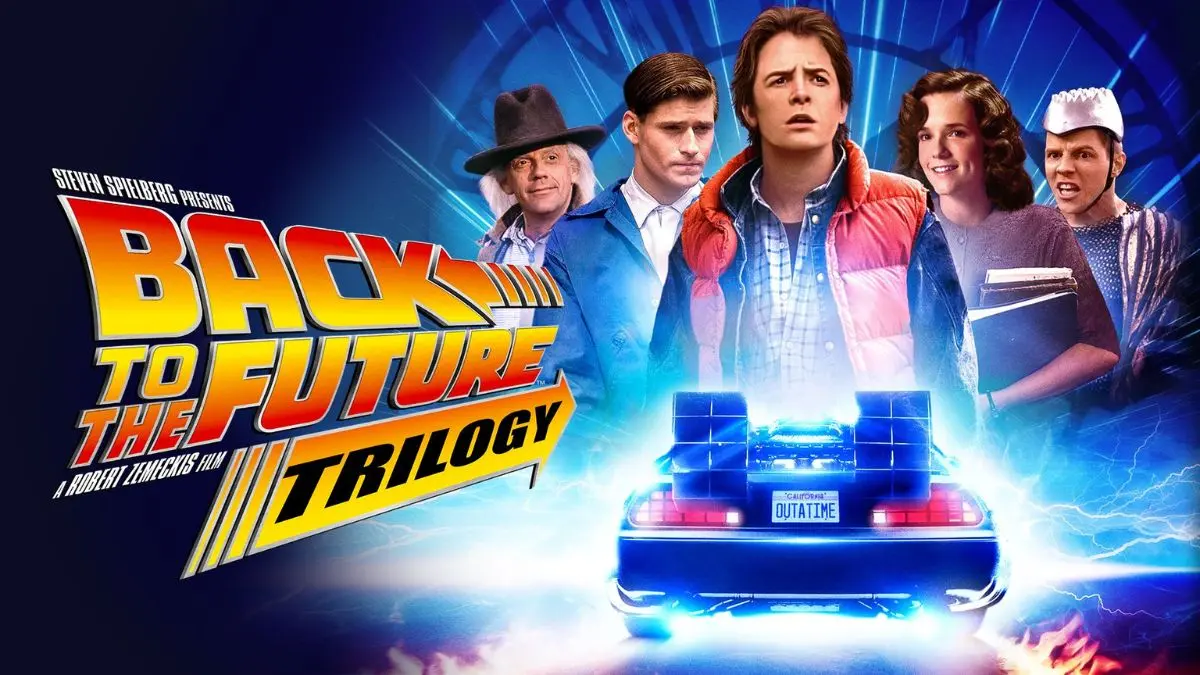
Multiverse Time Travel
Multiverse time travel movies introduce the idea that every action creates a new parallel universe or timeline. Instead of a single, mutable timeline, there are infinite possibilities, each existing in its own separate reality. This type of time travel allows for a more expansive exploration of “what if” scenarios and alternate realities.
Example: “Spider-Man: Into the Spider-Verse” (2018)
Directed by Peter Ramsey, Rodney Rothman, and Bob Persichetti, “Spider-Man: Into the Spider-Verse” is a prime example of multiverse time travel. The film follows Miles Morales (Shameik Moore) as he teams up with various Spider-People from different dimensions to stop a threat that could destroy all their realities. The movie brilliantly showcases the concept of multiple parallel universes, each with its own unique version of Spider-Man.
Example: “Avengers: Endgame” (2019)
In “Avengers: Endgame,” directed by Anthony and Joe Russo, the Avengers use time travel to gather the Infinity Stones and undo the devastation caused by Thanos. Their actions create branching timelines, leading to multiple realities. The film explores the complexities of altering past events and the resulting consequences in different universes, emphasizing the intricate nature of the multiverse.
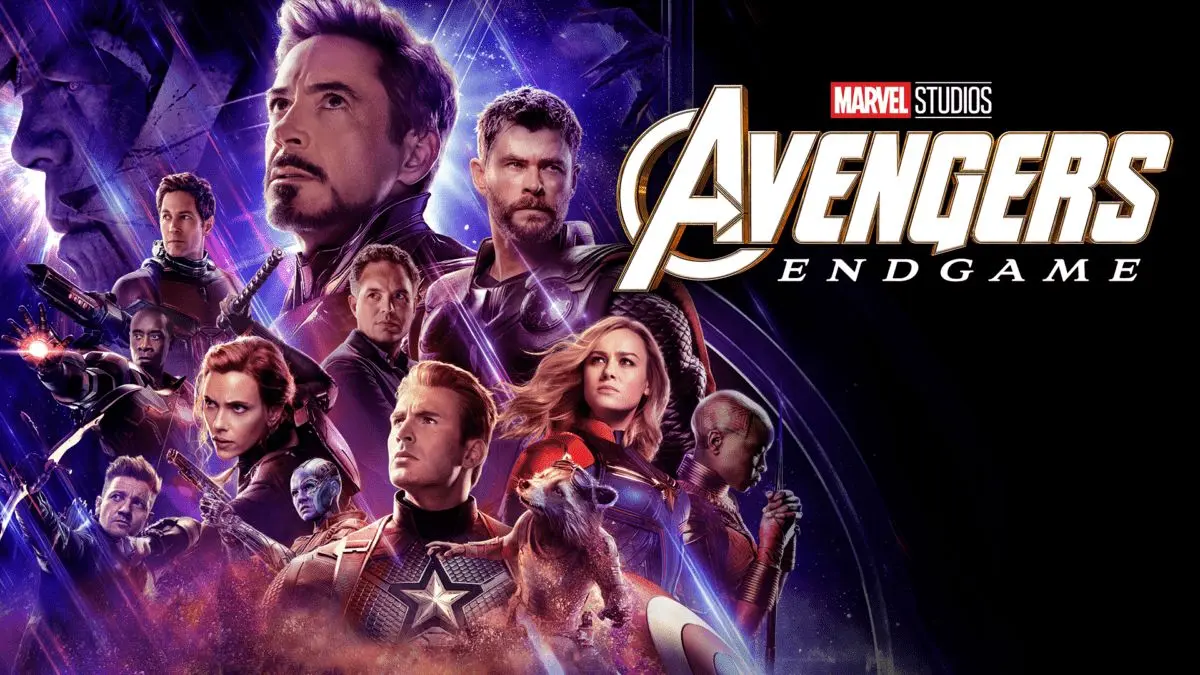
Loop Time Travel
Loop time travel movies involve characters reliving the same events repeatedly, often with the opportunity to alter the outcome. This type of time travel can be used to explore themes of redemption, self-improvement, and the quest to break free from a seemingly inescapable cycle.
Example: “Groundhog Day” (1993)
Directed by Harold Ramis, “Groundhog Day” is a classic loop time travel movie. The story follows Phil Connors (Bill Murray), a cynical weatherman who finds himself trapped in a time loop, reliving the same day over and over again. As Phil navigates the repetitive cycle, he gradually transforms from a selfish individual to a more compassionate and self-aware person. The film’s humor and heart highlight the potential for personal growth within the constraints of a time loop.
Example: “Edge of Tomorrow” (2014)
“Edge of Tomorrow,” directed by Doug Liman, features Major William Cage (Tom Cruise) caught in a time loop during an alien invasion. Each time Cage dies, he restarts the same day, using his accumulated knowledge and skills to improve his chances of survival. The film combines action and science fiction elements, showcasing the relentless pursuit of victory and the evolution of the protagonist within the loop.
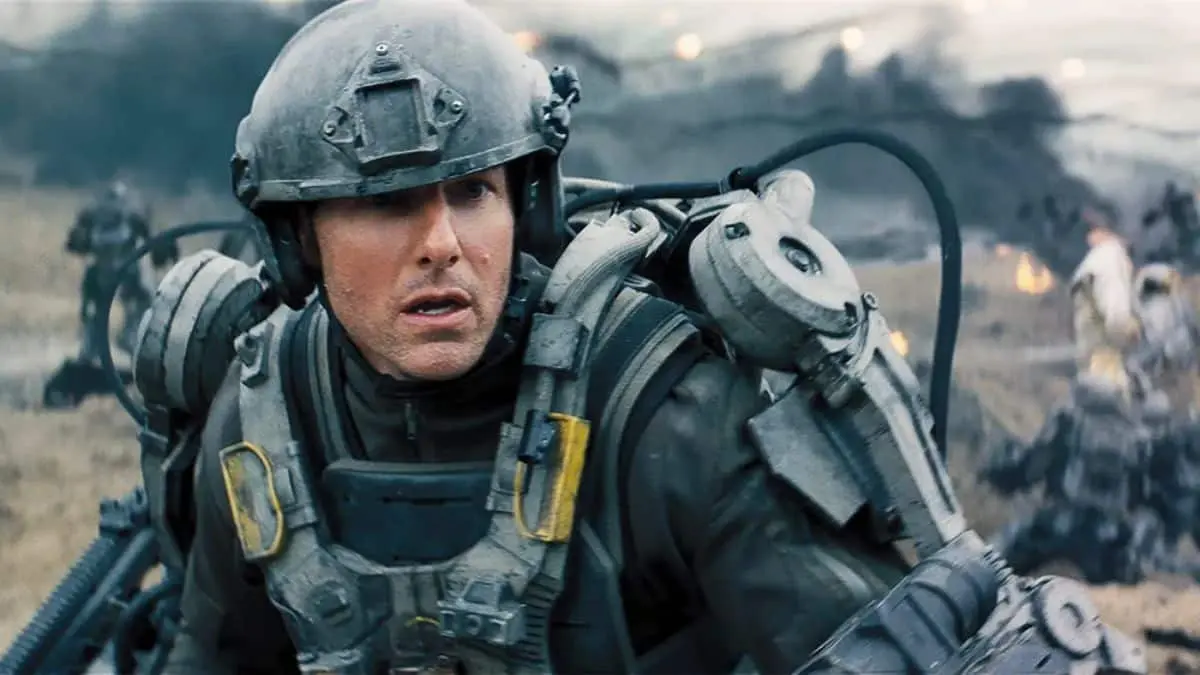
Linear Time Travel
Linear time travel movies present a straightforward narrative where characters travel from point A to point B in time without creating alternate timelines or loops. The story progresses in a linear fashion, focusing on the journey and the changes that occur along the way.
Example: “The Time Machine” (2002)
Directed by Simon Wells, “The Time Machine” is based on H.G. Wells’ classic novel. The film follows Dr. Alexander Hartdegen (Guy Pearce), who builds a time machine to travel into the future after a personal tragedy. As he journeys through time, Alexander witnesses the rise and fall of civilizations, ultimately gaining a deeper understanding of humanity’s resilience and adaptability. The film’s linear progression allows for a comprehensive exploration of future possibilities.
Example: “Interstellar” (2014)
Christopher Nolan’s “Interstellar” is a modern take on linear time travel. The film follows a team of astronauts led by Cooper (Matthew McConaughey) as they travel through a wormhole to find a new habitable planet for humanity. The narrative explores the relativistic effects of time dilation, where time passes differently for the characters in space compared to those on Earth. “Interstellar” combines scientific concepts with a deeply emotional story, emphasizing the profound impact of time on human relationships.
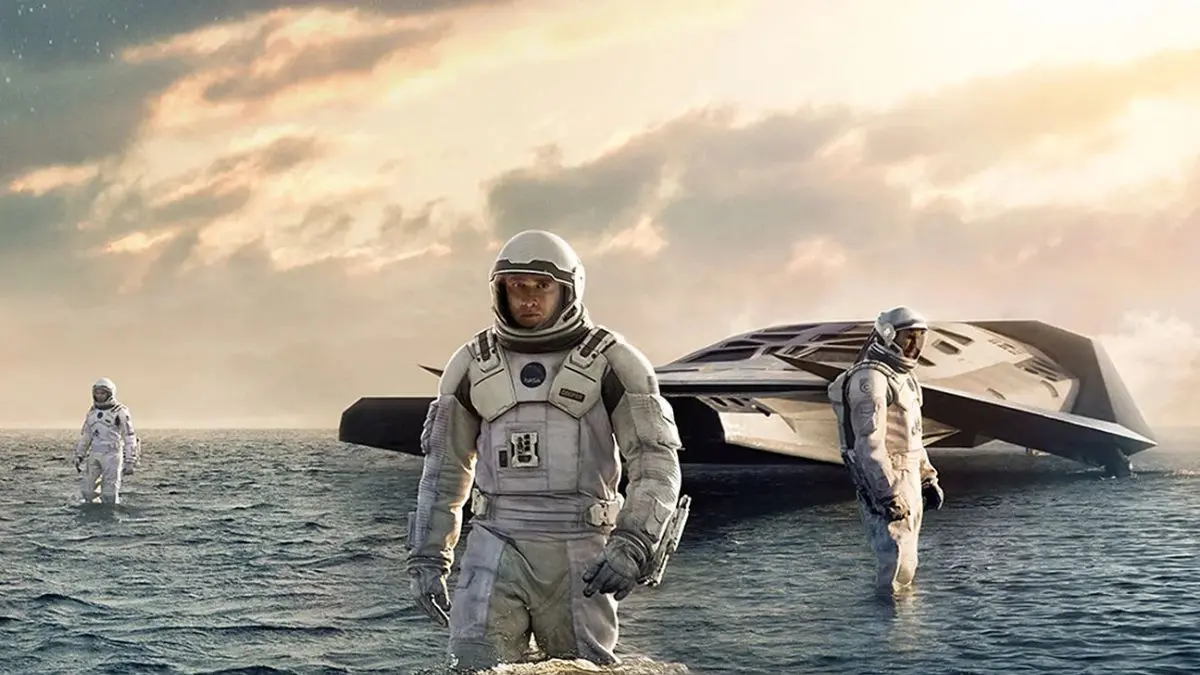
Also Read: 7 Video Game Adaptation We Want To See After Fallout’s Success
